Introduction
Cooking lamb meat can be an art form, requiring precision, patience, and an understanding of the various techniques that bring out its rich, earthy flavors. Among these techniques, blanching—a process of briefly boiling meat in water—often plays a crucial role, especially in preparing dishes like stews, soups, and braises. But how long should you blanch lamb meat, and what are the benefits and considerations involved? This comprehensive guide aims to answer these questions and provide you with the insights you need to perfect your lamb dishes.
What is Blanching?
Blanching is a cooking technique primarily used to partially cook food, usually vegetables or meat, by immersing it in boiling water for a short period. The process serves several purposes: it helps to set the color of the food, partially cooks it to soften it, and removes impurities and unwanted flavors. In the context of meat, blanching can also help to tighten the muscle fibers, making the meat firmer and more suitable for long, slow cooking processes.
When it comes to lamb meat, blanching is particularly useful for dishes that require the meat to be tender and flavorful after hours of simmering. By blanching the lamb first, you can ensure that it retains its shape and texture during the cooking process, while also removing any blood or impurities that might affect the final taste.
The Importance of Blanching Lamb Meat
-
Removes Impurities: Lamb meat, like any other type of meat, can contain blood, fats, and other impurities that can affect its taste and appearance. Blanching helps to wash away these impurities, leaving the meat cleaner and more appealing.
-
Enhances Flavor: By blanching lamb meat, you can create a cleaner canvas for your spices and herbs. This allows the flavors of your seasoning to penetrate the meat more effectively, resulting in a more flavorful dish.
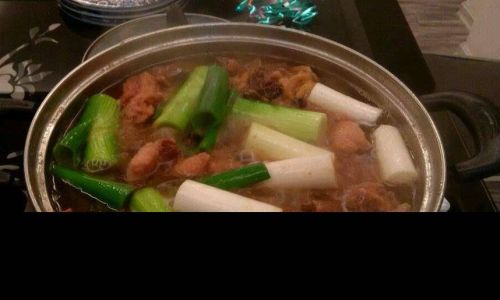
-
Improves Texture: Blanching helps to firm up the muscle fibers of the lamb, which can be beneficial for dishes that require the meat to hold its shape during cooking. This is particularly important for stews and braises, where the meat needs to remain intact and tender.
-
Reduces Cooking Time: While blanching doesn’t fully cook the lamb, it does partially cook it, reducing the overall cooking time required for dishes like stews and soups. This can be especially useful when you’re pressed for time or want to ensure that your dish is ready to serve at a specific time.
How Long Should You Blanch Lamb Meat?
The duration of blanching lamb meat depends on several factors, including the cut of meat, its size, and the specific recipe you’re following. However, as a general guideline, you should blanch lamb meat for about 3-5 minutes in boiling water.
Here’s a step-by-step guide to blanching lamb meat:
-
Prepare the Lamb: Start by selecting the right cut of lamb for your dish. Common options include shoulder, leg, and rack. Trim any excess fat and silver skin, and cut the meat into the desired size and shape.
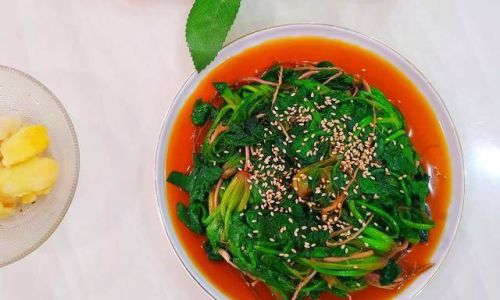
-
Bring Water to a Boil: Fill a large pot with enough water to fully submerge the lamb meat. Add a tablespoon of salt to the water to help draw out impurities and enhance flavor. Bring the water to a rolling boil over high heat.
-
Add the Lamb: Once the water is boiling, carefully lower the lamb meat into the pot using a slotted spoon or tongs. Be careful to avoid splashing hot water on yourself.
-
Set a Timer: Immediately set a timer for 3-5 minutes, depending on the size and thickness of the meat. For larger cuts, you may need to blanch for the full 5 minutes, while smaller, thinner cuts may only require 3 minutes.
-
Monitor the Process: While the lamb is blanching, keep a close eye on the pot to ensure that the water remains at a rolling boil. If the water starts to simmer or reduce too much, add more boiling water to maintain the level.
-
Remove the Lamb: Once the timer goes off, use a slotted spoon or tongs to remove the lamb meat from the pot and transfer it to a colander or plate lined with paper towels. Allow the meat to drain and cool slightly before proceeding with the next step in your recipe.
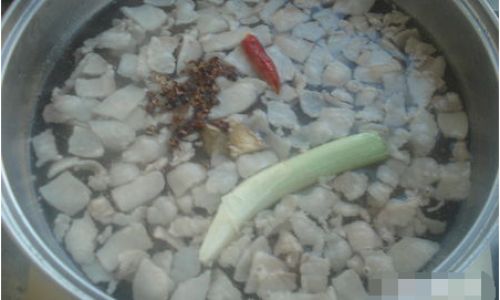
Tips for Successful Blanching
-
Use Cold Water to Start: When filling your pot with water, start with cold water and bring it to a boil slowly. This helps to ensure that the water temperature is consistent throughout the blanching process.
-
Avoid Overcrowding: Make sure that the pot is large enough to fully submerge the lamb meat without overcrowding. Overcrowding can reduce the water temperature and prolong the blanching time, affecting the texture and flavor of the meat.
-
Season the Water: Adding salt to the boiling water can help to draw out impurities and enhance the flavor of the lamb meat. However, be careful not to add too much salt, as it can make the meat too salty.
-
Use a Timer: Setting a timer is crucial for accurate blanching. Over-blanching can make the meat tough and dry, while under-blanching may not effectively remove impurities or firm up the muscle fibers.
-
Shock the Meat: After blanching, you can “shock” the lamb meat by immersing it in an ice water bath. This helps to stop the cooking process and set the color of the meat. However, this step is optional and may not be necessary for all recipes.
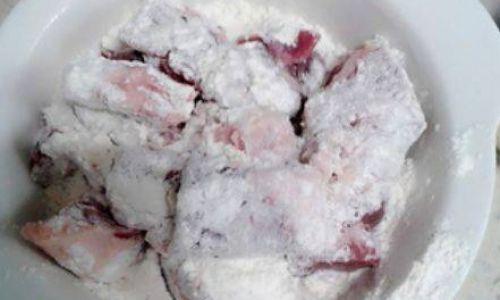
Blanching Lamb Meat for Specific Dishes
The blanching process can vary slightly depending on the specific dish you’re preparing. Here are some examples of how to blanch lamb meat for different types of recipes:
-
Lamb Stew: For a hearty lamb stew, blanch the meat for about 3-4 minutes. This will help to firm up the meat and remove impurities, making it more suitable for long, slow cooking.
-
Lamb Soup: When making lamb soup, blanch the meat for about 5 minutes to ensure that all impurities are removed and the meat is partially cooked. This will help to create a rich, flavorful broth.
-
Lamb Curry: For a lamb curry, blanch the meat for about 3-4 minutes. This will help to tenderize the meat and make it more absorbent to the spices and flavors in the curry sauce.
-
Lamb Kebabs: If you’re making lamb kebabs, you may not need to blanch the meat at all. Instead, you can marinate the meat in a flavorful mixture of spices, acids, and oils, then grill or bake it until cooked through.
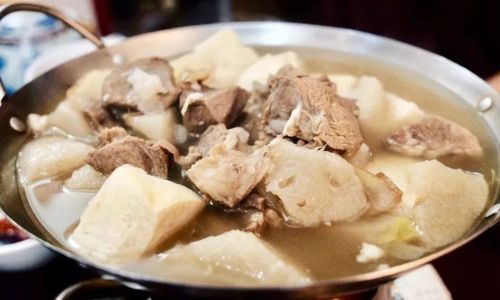
Conclusion
Blanching lamb meat is a simple yet effective technique that can significantly enhance the flavor, texture, and appearance of your dishes. By following the guidelines and tips outlined in this guide, you can ensure that your lamb meat is perfectly blanched, ready to be transformed into a delicious and satisfying meal. Whether you’re making a hearty stew, a flavorful soup, or a spicy curry, blanching your lamb meat will help you achieve the best possible results. So, the next time you’re in the kitchen, don’t forget to give your lamb meat the blanching treatment—it’s a step that’s well worth the effort.
In summary, blanching lamb meat is a crucial step in many cooking processes, offering numerous benefits that can enhance the overall quality of your dishes. By understanding the importance of blanching, knowing how long to blanch lamb meat, and following best practices, you can take your lamb cooking to the next level. Whether you’re a seasoned chef or a home cook, mastering the art of blanching lamb meat will undoubtedly improve your culinary skills and delight your taste buds.

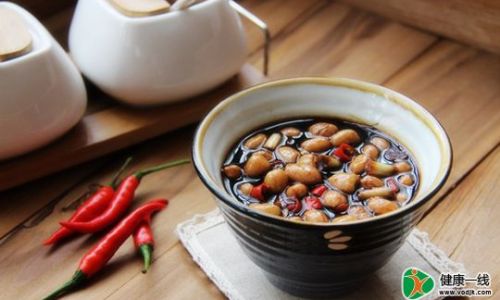
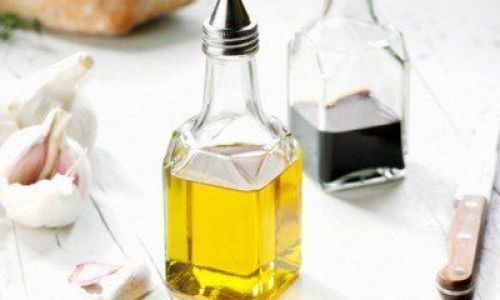
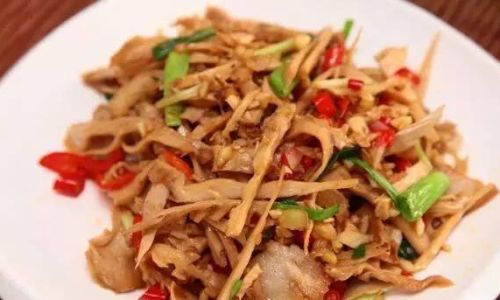
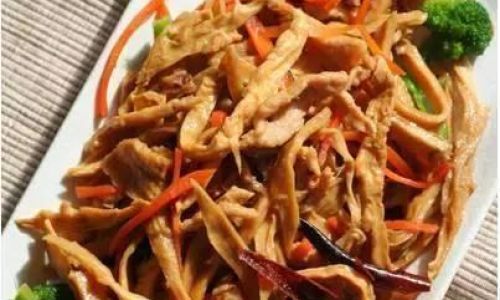
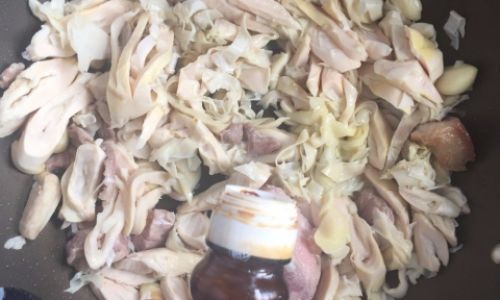
0 comments